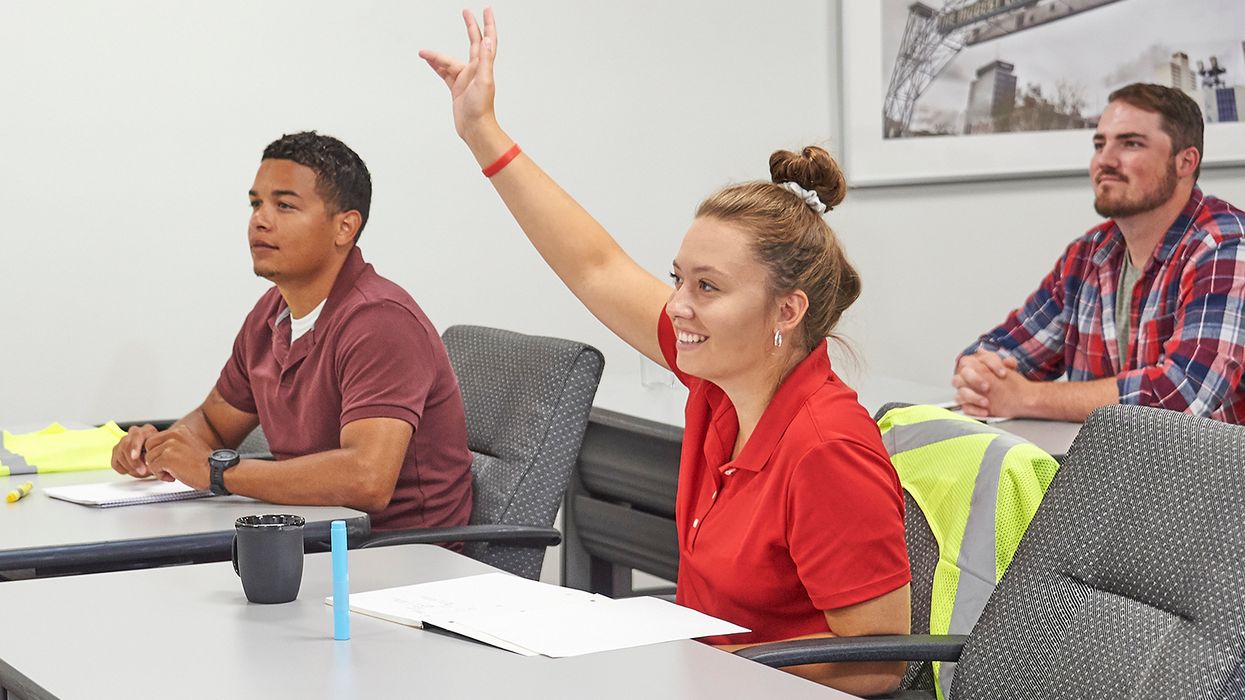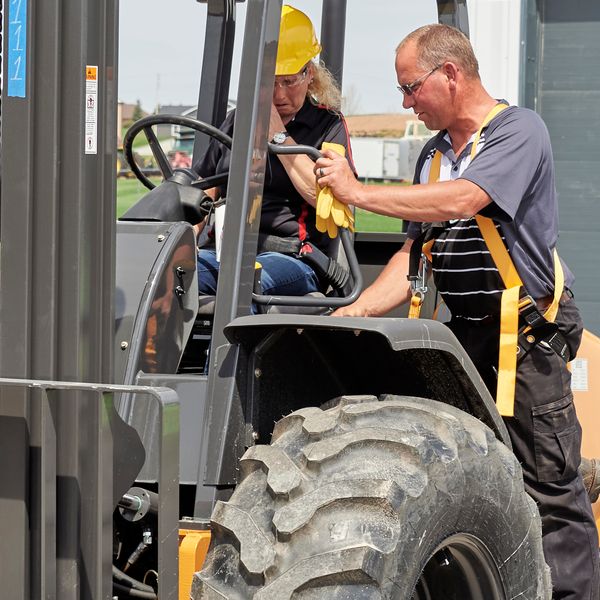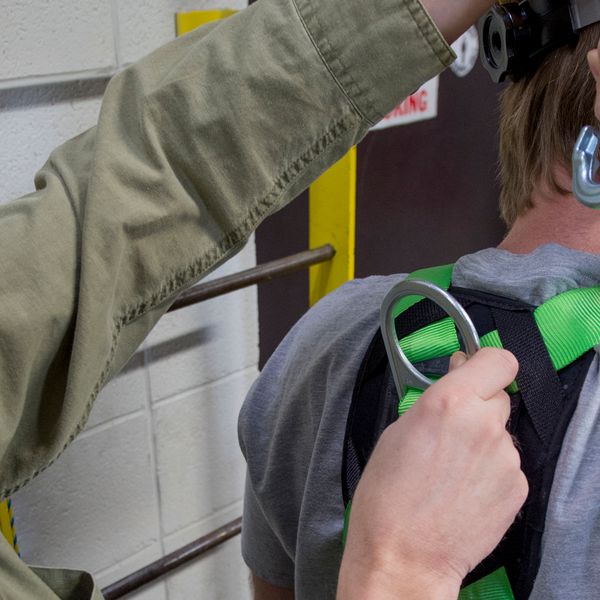Do you know who’s qualified to conduct safety training?
What are OSHA’s requirements for trainers? This is a frequent question we get that ties into OSHA’s general industry training requirements. Just like training itself, there’s no one-size-fits-all requirement. In fact, most regulations make no mention of trainer qualifications.
While more than 70 general industry regulations have training or information requirements, fewer than 10 have trainer requirements! Even in these instances, there’s leeway for employers to determine who’s qualified to provide training. This may be someone within your organization or a third party. Keep in mind that regardless of the topic, the trainer should be familiar with the information to be presented and how it applies to your workplace. Training must be understandable to all employees, and they must have the opportunity to ask questions.
1910 Subpart D, Walking-working surfaces
First off is 1910 Subpart D, Walking-working surfaces. At 1910.30(a)(2), it says “the employer must ensure that each employee is trained by a qualified person.” Earlier in Subpart D, at 1910.21(b), we find the definition of qualified person:
“Qualified describes a person who, by possession of a recognized degree, certificate, or professional standing, or who by extensive knowledge, training, and experience has successfully demonstrated the ability to solve or resolve problems relating to the subject matter, the work, or the project.”
1910 Subpart F, Powered platforms, manlifts, and vehicle-mounted work platforms
These regulations cover powered platforms attached to buildings for maintenance purposes. Training must be conducted by a competent person. This is defined in 1910.66(d) as someone, “who, because of training and experience, is capable of identifying hazardous or dangerous conditions in powered platform installations and of training employees to identify such conditions.”
1910.120 Hazardous Waste Operations and Emergency Response (HAZWOPER)
The HAZWOPER Standard goes over trainer qualifications at paragraphs (e)(5), (p)(7)(iii), and (q)(7). While the three paragraphs are not worded identically, all three call for trainers to either:
- Have satisfactorily completed a training course for teaching the subjects they are expected to teach, or
- Have the academic credentials and instructional experience necessary to demonstrate competent instructional skills and a good command of the subject matter they are to teach.
Under paragraph (e)(5), the trainer must also demonstrate competent instructional skills and knowledge of the subject matter if qualification method (1) above is used. Under paragraph (q)(7), “training” may qualify in lieu of academic credentials. The subjects that trainers must be able to convey to trainees are summarized in paragraphs (e), (p), and (q), depending on the operation.
1910.178 Powered industrial trucks
“All operator training and evaluation shall be conducted by persons who have the knowledge, training, and experience to train powered industrial truck operators and evaluate their competence.” OSHA says the necessary qualification can be obtained in a variety of ways:
- Through years of operating a powered industrial truck (PIT) and knowledge of safe practices and OSHA regulations pertaining to the operation,
- Going to a “train-the-trainer” or similar course, and/or
- Some combination of experience and training.
The only specific criteria OSHA lays out is found in a 2003 letter of interpretation. It says that trainers must have at some point operated the type of equipment they are training potential operators on, so that they can provide adequate instruction to trainees on how the equipment works, feels, etc.
1910.266 Logging operations
Training under this standard must be conducted by a “designated person,” which is defined as “an employee who has the requisite knowledge, training and experience to perform specific duties.”
1910.1030 Bloodborne pathogens
“The person conducting the training shall be knowledgeable in the subject matter covered by the elements contained in the training program as it relates to the workplace that the training will address.”
OSHA directive CPL 02-02-069 says, “Possible trainers include a variety of healthcare professionals such as infection control practitioners, nurse practitioners, registered nurses, occupational health professionals, physician’s assistants, and emergency medical technicians.
“Non-healthcare professionals, such as but not limited to, industrial hygienists, epidemiologists, or professional trainers, may conduct the training provided they are knowledgeable in the subject matter covered by the elements contained in the training program as it relates to the workplace. One way, but not the only way, knowledge can be demonstrated is the fact that the person received specialized training. In some workplaces, such as dental or physicians’ offices, the individual employer may conduct the training, provided he or she is familiar with bloodborne pathogen exposure control and the subject matter required by paragraphs (g)(2)(vii)(A) through (N).”
Key to Remember: Specific trainer requirements, if any, can be found in the applicable regulation. Employers may determine who’s qualified to present training, whether that’s someone within their organization or a third party.
































































